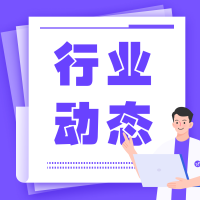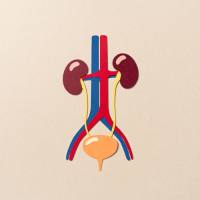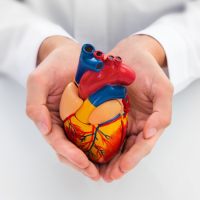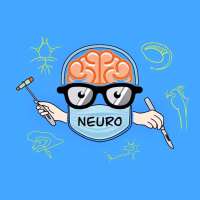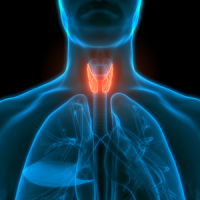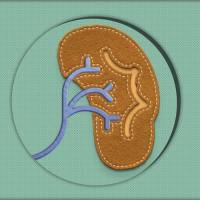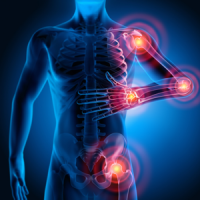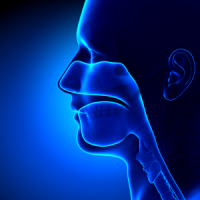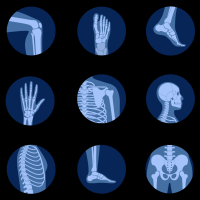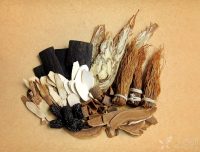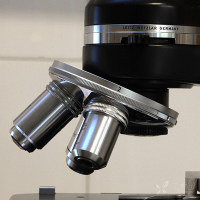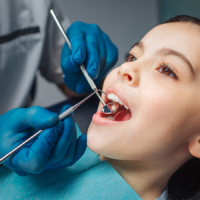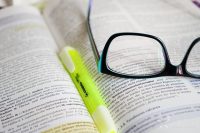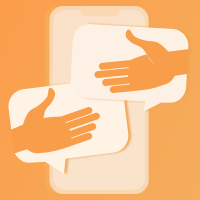美国医学会:中国儿童夜晚暴露于户外人工灯光下与睡眠障碍的关系
Association Between Exposure to Outdoor Artificial Light at Night and Sleep Disorders Among Children in China
Le-Bing Wang, MS1; Yan-Chen Gong, MS1; Qiu-Ling Fang, MS1; et al
Xin-Xin Cui, MS1; Shyamali C. Dharmage, PhD2; Bin Jalaludin, PhD3,4,5; Luke D. Knibbs, PhD6; Michael S. Bloom, PhD7; Yuming Guo, PhD8; Li-Zi Lin, PhD1; Xiao-Wen Zeng, PhD1; Bo-Yi Yang, PhD1; Gongbo Chen, PhD1; Ru-Qing Liu, PhD1; Yunjiang Yu, PhD9; Li-Wen Hu, PhD1; Guang-Hui Dong, PhD1
Author Affiliations Article Information
JAMA Netw Open. 2022;5(5):e2213247. doi:10.1001/jamanetworkopen.2022.13247
Key Points
Question Is artificial light at night (ALAN) associated with sleep disorders in Chinese children?
Findings In this cross-sectional study including 201 994 participants from the National Chinese Children Health Study, children with high levels of outdoor ALAN exposure had increased sleep scores and increased odds of sleep disorder symptoms. Children’s age modified the associations of outdoor ALAN with sleep score and sleep disorders, and the associations were generally stronger in children younger than 12 years.
Meaning These findings suggest that reducing the amount of outdoor light pollution in China could reduce the severity of sleep disorders among children.
Abstract
Importance Healthy sleep has an important role in the physical and mental health of children. However, few studies have investigated the association between outdoor artificial light at night (ALAN) and sleep disorders in children.
Objective To explore the associations between outdoor ALAN exposure and sleep disorders in children.
Design, Setting, and Participants This population-based cross-sectional study, part of the National Chinese Children Health Study, was conducted from April 1, 2012, to June 30, 2013, in the first stage and from May 1, 2016, to May 31, 2018, in the second stage in 55 districts of 14 cities in China. This analysis included 201 994 children and adolescents aged 2 to 18 years. Data were analyzed from February 20 to March 21, 2022.
Exposures Outdoor ALAN exposure (in nanowatts per centimeters squared per steradian) within 500 m of each participant’s residential address obtained from the satellite imagery data, with a resolution of approximately 500 m.
Main Outcomes and Measures Sleep disorders were measured by the Chinese version of the Sleep Disturbance Scale for Children. Generalized linear mixed models were used to estimate the associations of outdoor ALAN with sleep scores and sleep disorders.
Results The study included 201 994 children and adolescents (mean [SD] age, 11.3 [3.2] years; 106 378 boys [52.7%]), 7166 (3.5%) of whom had sleep disorder symptoms. Outdoor ALAN exposure of study participants ranged from 0.02 to 113.48 nW/cm2/sr. Compared with the lowest quintile (Q1) of outdoor ALAN exposure, higher quintiles of exposure (Q2-Q5) were associated with an increase in total sleep scores of 0.81 (95% CI, 0.66-0.96) in Q2, 0.83 (95% CI, 0.68-0.97) in Q3, 0.62 (95% CI, 0.46-0.77) in Q4, and 0.53 (95% CI, 0.36-0.70) in Q5. Higher quintiles of exposure were also associated with odds ratios for sleep disorder of 1.34 (95% CI, 1.23-1.45) in Q2, 1.43 (95% CI, 1.32-1.55) in Q3, 1.31 (95% CI, 1.21-1.43) in Q4, and 1.25 (95% CI, 1.14-1.38) in Q5. Similar associations were observed for sleep disorder subtypes. In addition, greater effect estimates were found among children younger than 12 years.
Conclusions and Relevance The findings of this cross-sectional study suggest that sleep disorders are more prevalent among children residing in areas with high levels of outdoor ALAN and the associations are generally stronger in children younger than 12 years. These findings further suggest that effective control of outdoor ALAN may be an important measure for improving the quality of children’s sleep.


